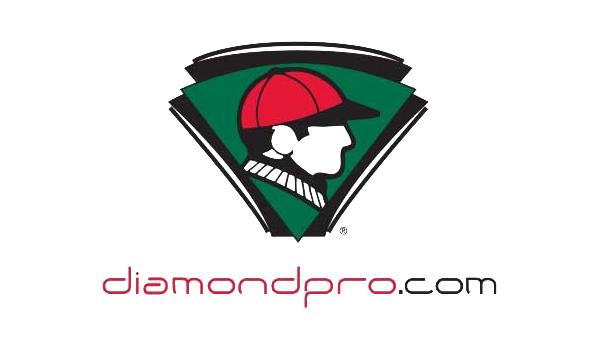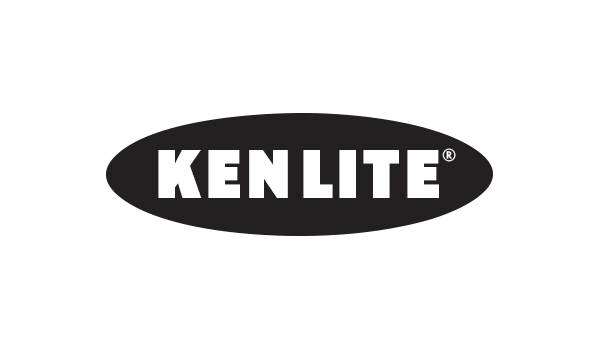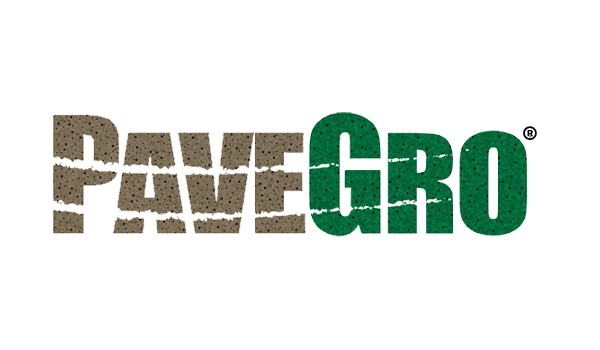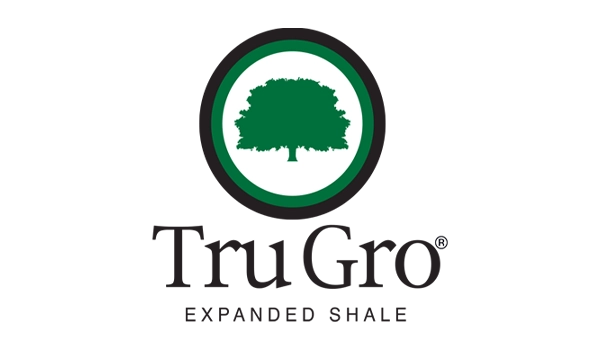FAQs: Horticultural Applications
With a strong background in horticulture and sustainable landscape practices, Paul Altznauer shares valuable insights into the evolving role of lightweight aggregates in horticulture. Initially used for green roof media and soil amendments, lightweight aggregates are now specified in a wide range of applications, from urban landscaping to specialty designer soils. Here, Paul answers common questions about the effectiveness of lightweight aggregates in horticultural applications.
How are lightweight aggregates used in horticulture?
“The use of lightweight aggregates for horticulture has evolved from the early years of green roof media and amending clay soils. With the success of these applications, landscape architects started specifying them for bioswales, bioretention systems, structural soil for urban trees, event lawns, fire lanes, and sports fields. They are also found in designer soils packaged for nursery and retail outlets.”
What makes them effective for horticulture use?
“Lightweight aggregates are basically ceramic in composition due to the rotary kiln heating process. They are inert in nature and offer no nutritional value. Other factors make them important in soil media—product durability, the ability to absorb/desorb water and nutrients, high internal drainage, consistent gradations, and reduced weight. Soils are improved by the addition of air and water, soil microbes, and healthier root systems.”
Tell me about designer soils.
“There is a wide range of designer soils depending on the intended use. Soil scientists typically get involved in projects where turf compaction, drainage, and proper growing conditions are challenged. Designer soils are often created for on-structure plantings, event lawns, sports fields, bioretention, and urban trees.
We have sold lightweight aggregates for bonsai, aquaponics, and hydroponic systems. It is also blended in specialty soils for orchids, cacti, and succulents.”
How much do lightweight aggregates weigh?
“Depending on whether the aggregate is expanded shale or expanded clay, a typical 1/4” – 3/8” gradation weighs between 30-60 pounds per cubic foot. That’s less than half the weight of sand or pea gravel.”
How are they sold?
“All of our manufacturing plants sell lightweight aggregate by the cubic yard. You can call any of our locations to get pricing and more information from a sales representative. Many of our customers are soil and mulch manufacturers who sell in bulk and some have custom soil blends with our products. You may also find lightweight aggregate and designer soils in 40-50 pound bags at your local nursery or garden center.”













